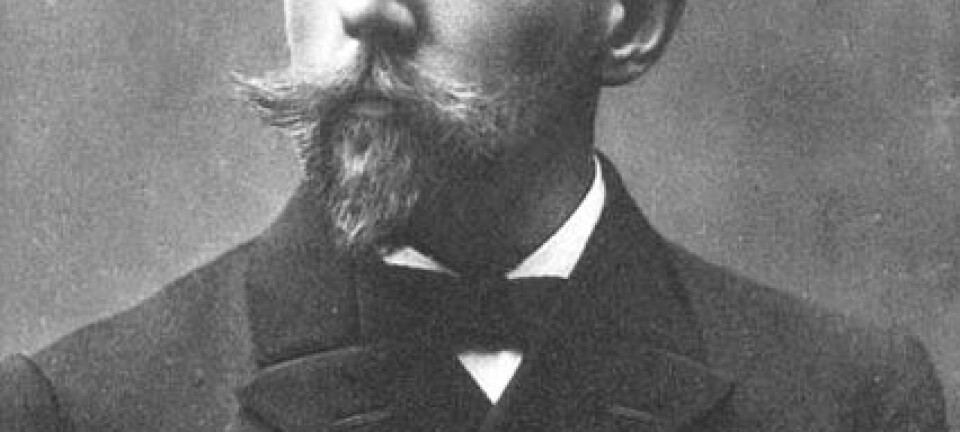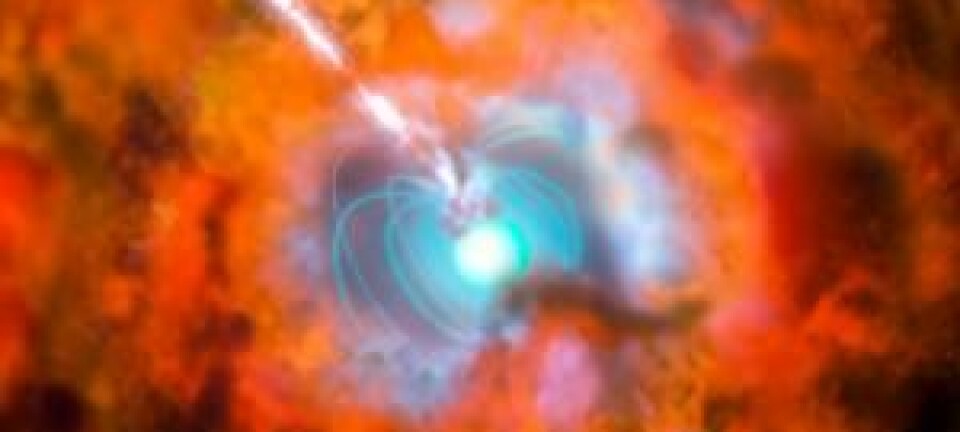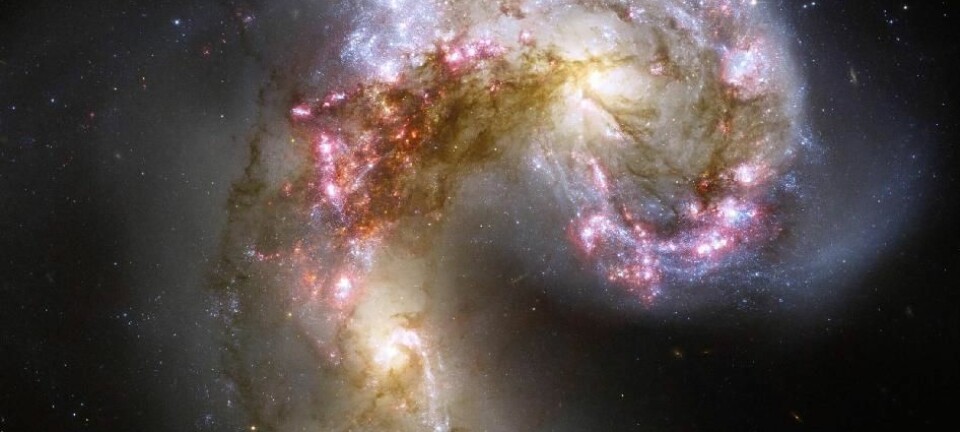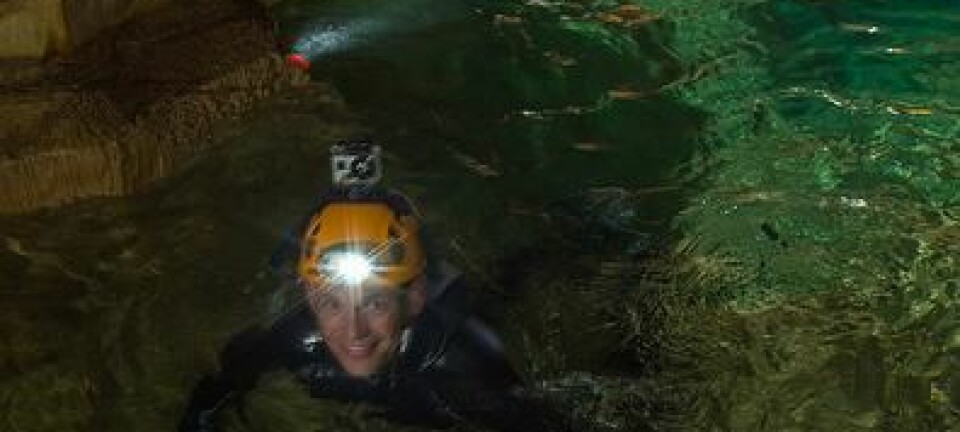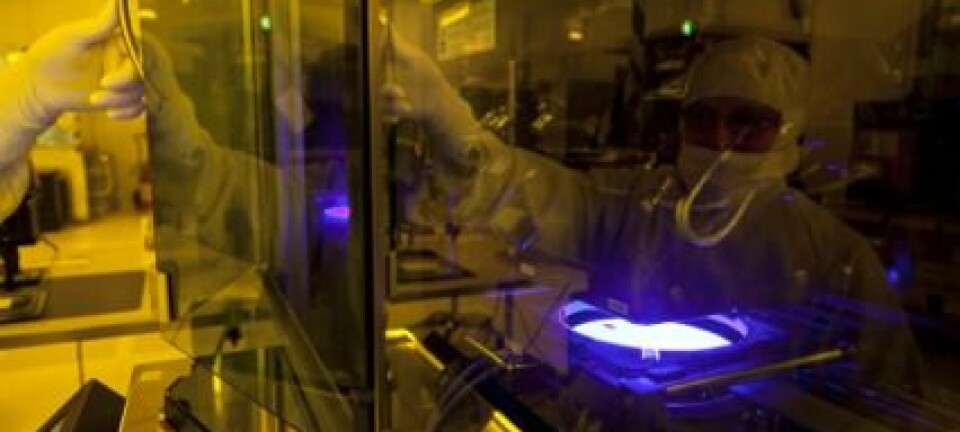
Cosmic neutrinos reveal the universe’s violent history
Astrophysicists can start using the ghostly elementary particles called neutrinos to learn about some of the most violent events in the universe.
Deep under the ice on the South Pole physicists are hunting for neutrinos with the advanced particle detector IceCube.
Neutrinos are notoriously hard to detect because they hardly interact with anything as they traverse the universe at near-light speeds. For that reason, they are commonly referred to as ghostly particles.
But recently, the scientists at IceCube announced that they had found traces of no more than 21 neutrinos, which most likely originated from massive explosions in distant galaxies.
This discovery is a first and makes it possible to use neutrinos in astronomy, says Professor Subir Sarkar, who helped establish the IceCube research group at the Niels Bohr Institute (NBI) at the University of Copenhagen, Denmark, and co-authored the new study.
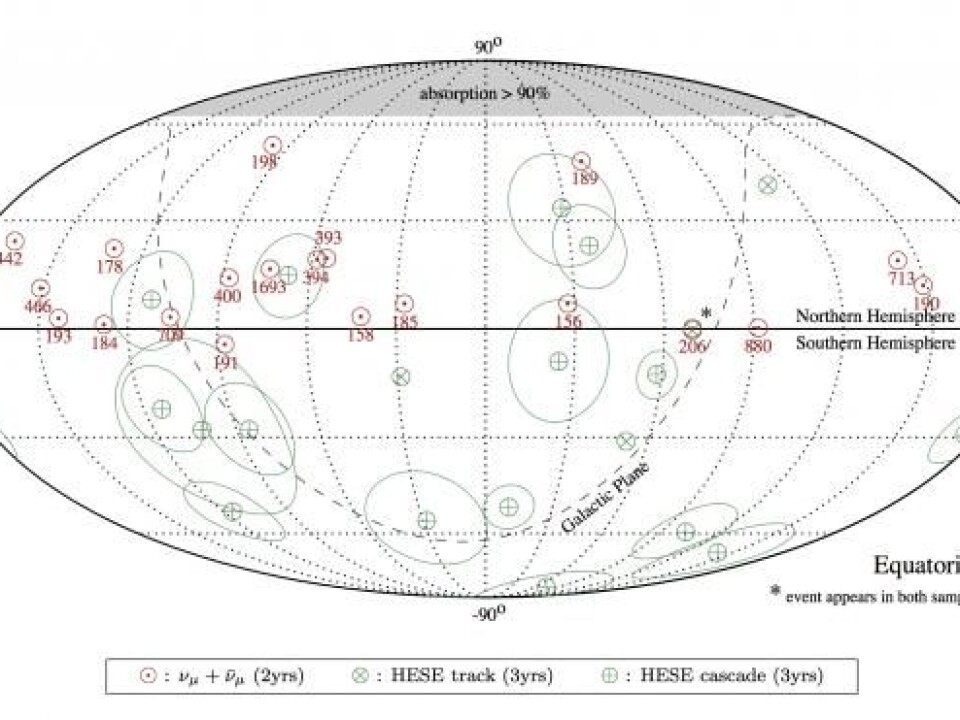
"In time, we could create a map of the sky and see where the neutrinos are coming from. Then we may be able to find out how these high-energy neutrinos are formed," he says.
Using an entire planet as a filter
In previous work, the IceCube team found traces of cosmic neutrinos from the southern hemisphere sky, but the new data is focused on neutrinos that have reached the south pole after first travelling through the earth from the north.
"We use the Earth as a large filter," says Sarkar. "We’re only looking at the neutrinos that are able to penetrate all the way through the Earth, and is not contaminated by noise from other particles."
Between May 2010 and May 2012, IceCube detected traces of 35,000 muon neutrinos (see fact box). The vast majority of these do not come from outer space, but are created when cosmic rays strike atomic nuclei in the Earth’s upper atmosphere.
But according to Sarkar, a few of them seem to come from much further away:
"We know atmospheric neutrinos really well. We know where they come from, and what energies they typically have. So we are able to weed them out, leaving behind only the cosmic neutrinos," he says.
Neutrinos have enormous energies
The 21 neutrinos struck the Earth at full speed.
They had energies of anywhere between 100 and 1,700 tera electron volts (TeV). By comparison, the protons in the huge particle accelerator at the CERN LHC research centre reach a maximum acceleration energy of 7.5 TeV.
The question is, what phenomena in the universe are able to conjure these highly energetic neutrinos.
"It must’ve taken even more energetic particles, like protons, to create the neutrinos--and they must have been accelerated in an extremely strong magnetic field," says Sarkar.
"So we're trying to figure out how nature can do this better than the LHC. It takes some of the universe's most exotic phenomena, for example, active galaxy nuclei powered by supermassive black holes at the centre of galaxies [to do so]," he says.
"Maybe, these energetic neutrinos are associated with gamma-ray bursts--massive cosmic explosions. We have not yet measured neutrinos coming from the same direction and at the same time as gamma-ray bursts, but we expect that there may be some overlap," says Sarkar.
A bright future for neutrino astronomy
Neutrino astronomy is still in its infancy, but the expectations placed on it are huge. So says Professor Ulrik Uggerhøj from Aarhus University, Denmark, who was not involved in the in the new study.
"It may be the beginning of a new era in astronomy--a new way to look out into the universe. Now it’s beyond reasonable doubt that we can observe cosmic neutrinos," he says.
"We know that there are cosmic particles with extreme energy. A single particle can have as much energy as a tennis ball after a hard serve. Theoretically, it is hard to find mechanisms to allow particles to have such high energy, but with neutrino astronomy maybe we can find out where the particles come from," says Uggerhøj.
Uggerhøj says that there are plans for starting new neutrino experiments in the Antarctic or Greenland. For example, researchers plan to dig detectors into the ice on the Ross Ice Shelf, a huge floating ice sheet in Antarctica. The project is called Arianna.
"We could build a much larger detector, which also has good directional sensitivity. So we’re in the process of designing the next generation of neutrino detectors that can be used for astronomy," he says.
---------------------
Read the Danish version of this article on Videnskab.dk
Translated by: Catherine Jex
